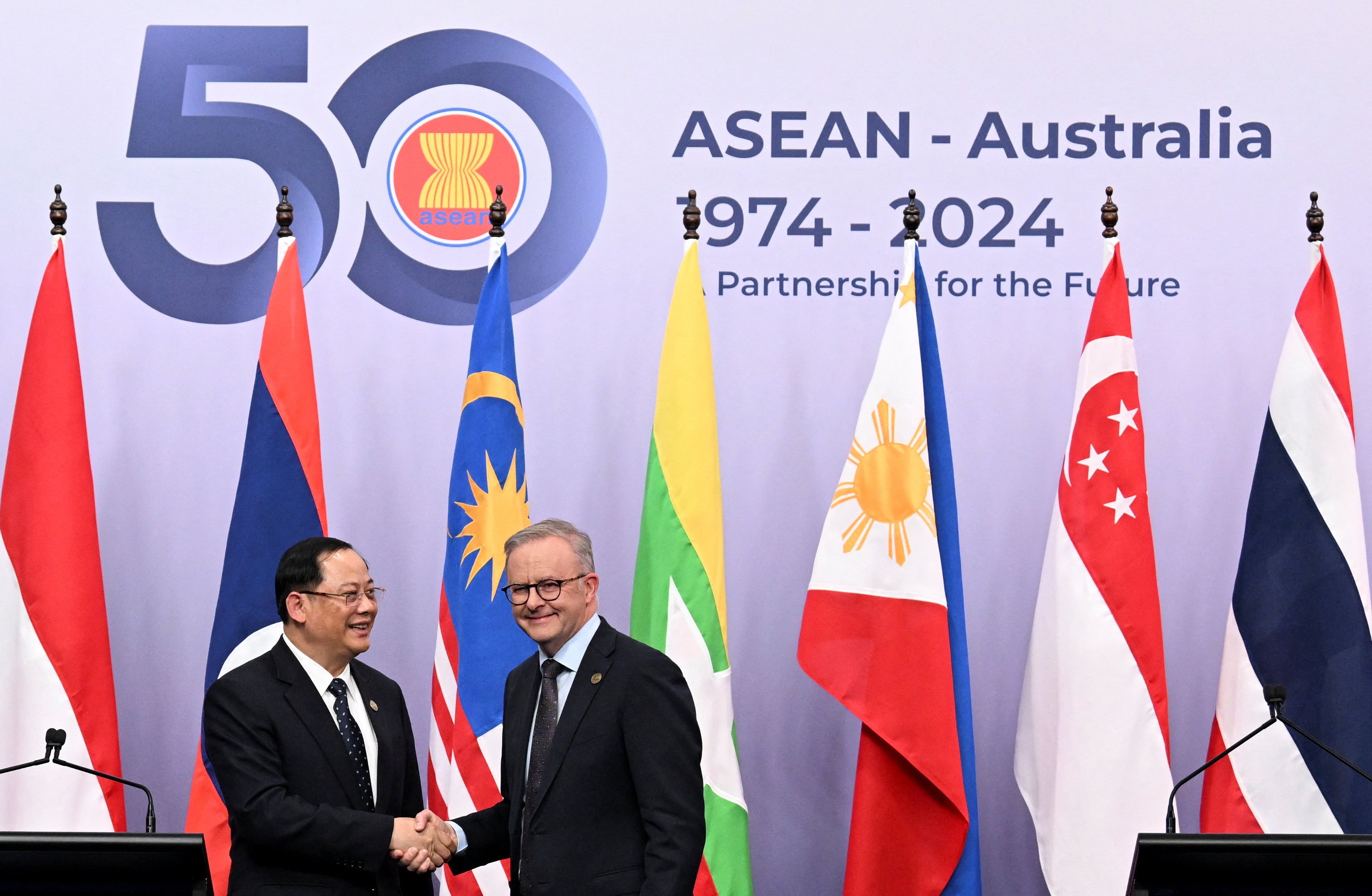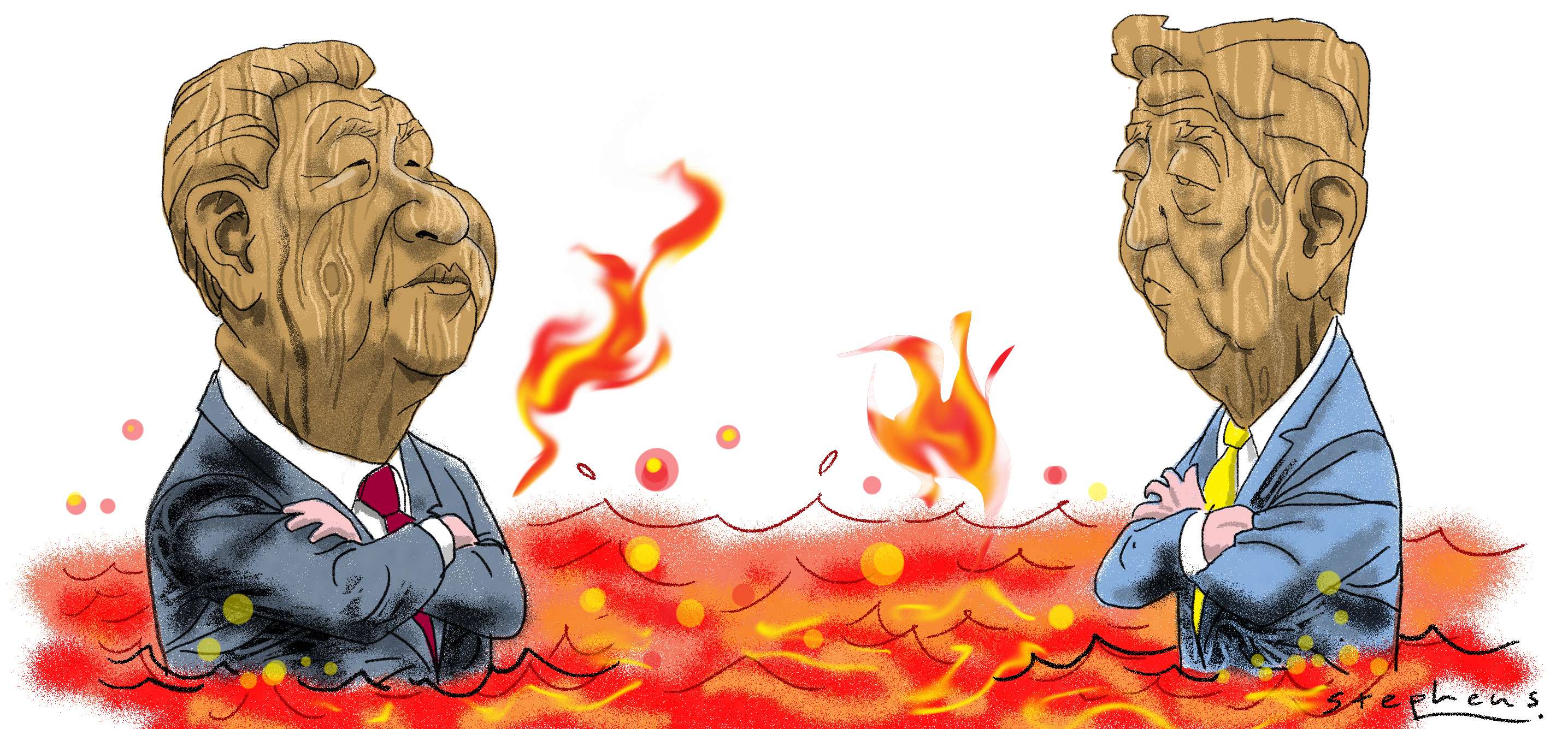Advertisement
Advertisement

William Choong
Dr William Choong is Senior Fellow at ISEAS – Yusof Ishak Institute in Singapore. He was previously Shangri-La Dialogue Senior Fellow for Asia-Pacific Security at the IISS until January 2020, where he helped to run the annual IISS Shangri-La Dialogue and contributed to research on regional security issues such as the South China Sea territorial disputes and Japan’s evolution into a "normal" power.
Dr William Choong is Senior Fellow at ISEAS – Yusof Ishak Institute in Singapore. He was previously Shangri-La Dialogue Senior Fellow for Asia-Pacific Security at the IISS until January 2020, where he helped to run the annual IISS Shangri-La Dialogue and contributed to research on regional security issues such as the South China Sea territorial disputes and Japan’s evolution into a "normal" power.
It is in the region’s interests to welcome the independent involvement of extra-regional powers to keep vital sea lanes free and open.
Australia and Japan can help Asean leverage Australian and the Quad’s resources to manage the more assertive aspects of China’s regional behaviour.
President Yoon has touted his new Indo-Pacific policy and the Korean-Asean Solidarity Initiative as a key step to elevate Seoul’s strategic role in the region and become a ‘global pivotal state’.
Some Southeast Asian countries are shifting from a position of studied neutrality as impact of war makes it difficult to ignore brute use of force and its corrosive effect on rules-based order.
Advertisement












